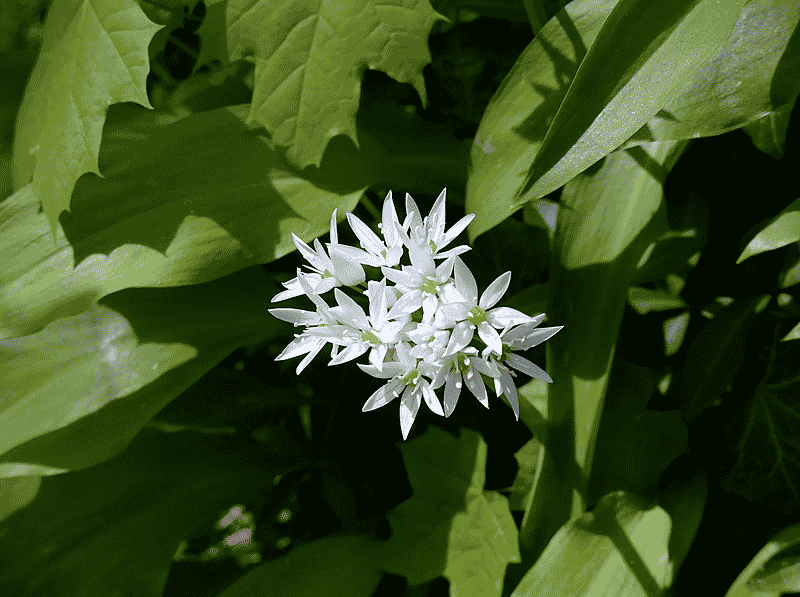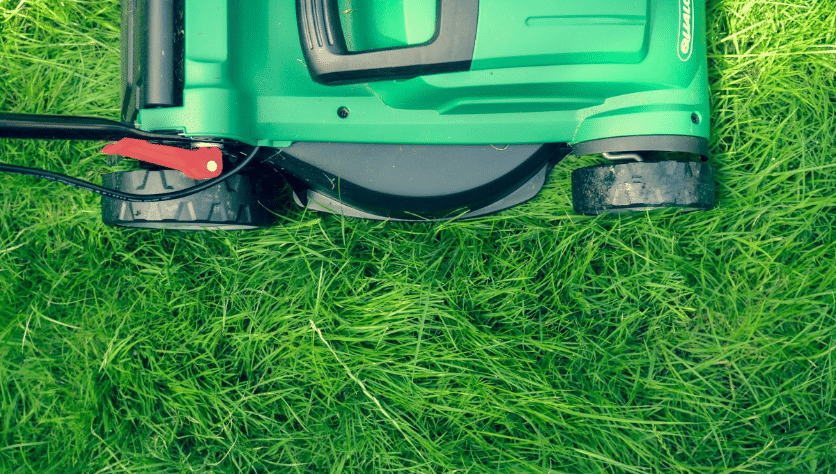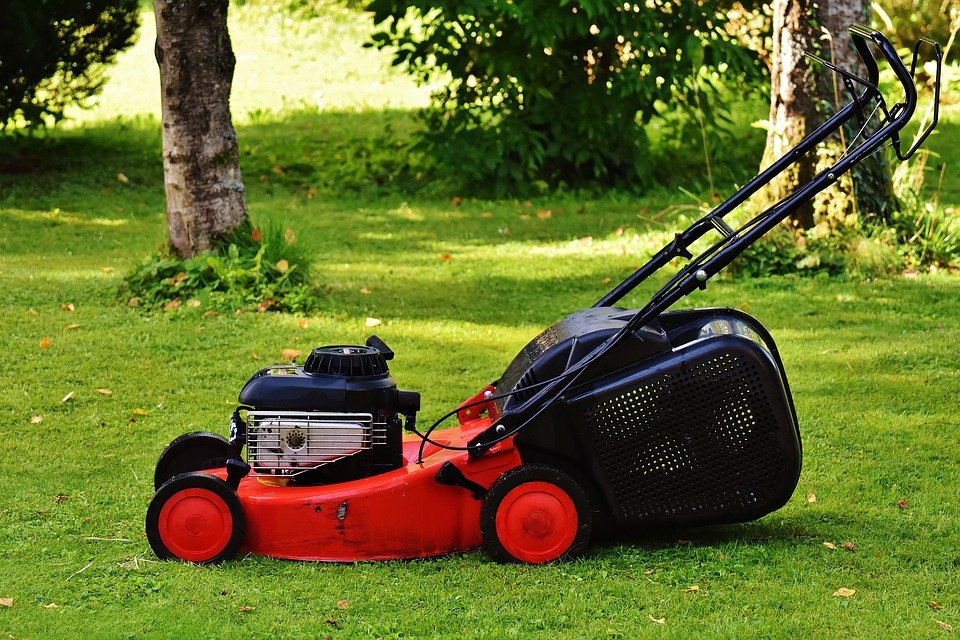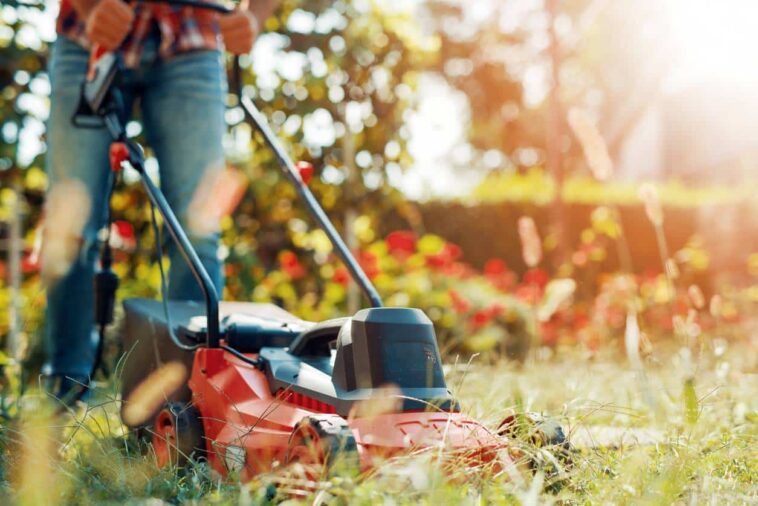With the arrival of spring, the days are getting longer, the buds are showing and the flowers are slowly beginning to color the garden. And since the garden finally seems to be waking up, we naturally say that it is high time to roll up our sleeves and get started on some gardening work. This season therefore marks the great return of engine noise and a ballet of hand mowers throughout the garden with the aim of a neat and perfect lawn. What if, on the contrary, you should avoid mowing your lawn during this period? In any case, this is the idea that the NGO Plantlife defends with its movement “No mow may” which has already won over many British people. But why should you ignore your mower in the end? Discover all the good reasons not to mow your lawn in May.
1) For the good of garden pollinators
Spring is the season when vegetation awakens. Also, this could lead us to believe that pollinating insects, essential for biodiversity, thrive during this season. However, themassive use of pesticides just like mowing the lawn does nothing to help these insects whose populations are experiencing a sharp decline. Let us remember that apart from the myriad of dandelions on which they can feed, they only have a few rare flowers to eat. It is therefore essential to avoid mowing so that these little creatures can survive and find refuge in a more welcoming garden. Bees, bumblebees, butterflies and other pollinators will be able to use as they wish daisies, clover, and other seasonal flowers and plants that are otherwise removed during mowing.

2) Do not mow in May to accommodate animals useful to the good health of the garden
A mowed lawn is a organic desert not conducive to life and the maintenance of biodiversity. Indeed, this beautiful green expanse attracts insects which will in turn bring in garden helpers, thus allowing a balance to be created. You will see the birds coming back, just like the hedgehogs. All the little insectivorous creatures will then happily invite themselves into your green spaces, contributing to their good health and helping them to prosper.
3) To bring new plants into your gardens
Nature is wild and rebellious. Also, when we let it do its work, it can surprise us in the most beautiful ways. Thus, in May 2020, there are no less than more than 250 species of wild plants which were recorded in British gardens thanks to the “No mow may” movement. This includes in particular wild strawberries, wild garlic, euphorbia, saxifrage or even goose tongue fern which could also find their way into your garden if you give them permission. occasion.

4) Avoid mowing in May to have more resistant grass
Many people tend to mow their lawns very short to have peace of mind for longer. Nevertheless, below 8cm (the recommended minimum), you will greatly weaken your lawn. It may then be more at risk of being invaded by white grubs which will then attack the roots of your plants, risking making them sick or killing them. Please note that these harmful parasites are almost non-existent in meadows or lawns which are allowed to grow more freely.
A lawn that is too short is also more likely to suffer from drought when it’s hot. In fact, it has less surface area for photosynthesis and thus accumulates fewer sugar reserves in its roots. With less developed and strong roots, it will no longer be able to draw water from the soil as well during drying periods. In short, a longer mowed lawn will be overall more resilient to all environmental stresses, especially in an urban environment. Yet another good reason to take it easy on the mower!

5) Do not mow in May to limit unwanted invasive plants
For plants as in the animal world, only the strongest survive. Thus, when we exert pressure on an environment, only the most adapted species will be able to prosper there. And unfortunately, in our gardens, it is most often undesirable plants that succeed in establishing their domination. This includes species such as dandelion (certainly very popular in salads or for preparing cramaillote), white clover or allergenic plants such as ragweed. Thanks to their rapid life cycle and their good reproduction, they will then settle at the expense of other less resilient species. Leaving a little respite in the garden is therefore also essential in this respect to preserve biodiversity… and the gardener who will then have to take care of possibly dislodging them!
6) Leaving the mower in the garage is good for the climate and the wallet
The lawn mower consumes energy, and most often fossil fuels (petrol or diesel). And given the price of a full tank, there are no small savings… Also, the less you use it, the more you save ! This avoids expenses to fill the tank and at the same time limits our greenhouse gas emissions which contribute to climate change. In addition, you sometimes also have to add the cost of maintaining the device and sometimes that of labor, which is not negligible either. So, in May more than ever, it is better to avoid mowing for the good of the planet and your wallet !

7) Do not mow in May to feel free
Send to the devil the injunctions to have a perfect garden. No one is putting pressure on you! As seen earlier, you do not have only good reasons not to mow the garden in May. So, keep this pressure time for yourself, for your loved ones and for those much more useful activities that you keep putting off due to lack of time. In the garden itself, this precious time saved can be used in the vegetable garden or orchard to get started on the plantations that make you dream. The mower can therefore wait in the garage for a little longer…
If you don’t want to stop mowing your lawn altogether, you can cut the pear in two by trying to mow less often or leaving a part unmowed where nature can take its course.
And it’s not just mowing that you should limit!
On a similar note, let us also remember that the Bird Protection League (LPO) recommends that gardeners do not trim hedges or prune trees between March and the end of July. It is in fact during this period that birds such as the blackbird, the robin, the chaffinch and the European greenfinch (to name a few) make their nests in our branches. For the sake of the broods, wait until the end of July until the chicks have time to fly away…


